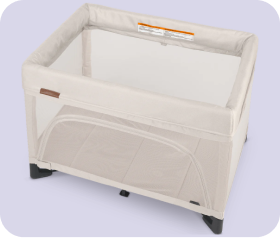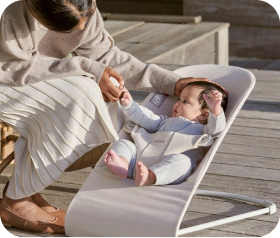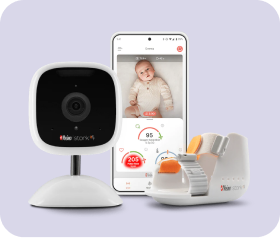Stroller Buying Guide | Find the Best Stroller for Your Family

What’s the best car for your family? There’s no one answer. It depends on whether you want a luxurious ride or something more economical. The size of your family and your garage. Whether you’ll be navigating the streets of a crowded city or off-roading on trails. Even your sense of style influences the car you buy.
Buying a baby stroller involves the same decisions, which can be similarly overwhelming. A stroller is one of the biggest and most important purchases you’ll make for your baby. As with a car, it’s something you’ll use every day, and finding a stroller that’s comfortable and safe is a top priority.
We’re here to help you choose the right stroller for your family. In this stroller buying guide from Strolleria, you’ll learn:
- Stroller buying basics and factors to consider in your purchase
- Characteristics of full-size, convertible, lightweight, double and jogging strollers—and the benefits and limitations of each type
- Features and accessories to look for in a stroller
- How to test-drive a stroller
Ready to stroll? Read on!
How to choose a stroller

You’ll need a stroller when your baby is a newborn—and when they're a toddler who can’t trek across the zoo on their own. You’ll want one that’s lightweight and easily foldable for errands, but you’ll also need something more sturdy (with plenty of storage) for walks and long periods of time away from home. Maybe you’ll want to take your baby out for a run. And if you have another child, you might want a stroller built for two.
You probably won’t find a single stroller that meets all of your needs. That’s why the average family owns two or three, according to the Juvenile Products Manufacturers Association.
There are several stroller categories and hundreds of models to choose from. How do you start narrowing down the field? Keep these factors in mind.
Strollers for infants
Some strollers are intended only for certain ages, while others can be adapted as your baby (and family) grows.
Until your baby is about six months old, when they can support their head, they need to be fully reclined when riding in a stroller. That means strollers that require a baby to sit more upright, like jogging strollers and umbrella strollers, can't be used until later on.
To start, many parents look for a stroller that’s compatible with their infant car seat, which is typically used for the baby's first year until she graduates to a convertible car seat.
By using a stroller/car seat combo known as a "travel system," you can let sleeping babies lie while transitioning from the vehicle to the stroller.
But you can also attach a bassinet to your stroller—or simply use the stroller seat itself, as long as it reclines to a flat position that's safe for an infant.
For babies younger than six months, most parents start with one of these options.
Stroller with infant car seat (travel system)

While some manufacturers sell "travel systems" as a set, most strollers and car seats are sold separately.
With the exception of lightweight umbrella strollers used mainly for travel later on, all strollers sold by Strolleria are compatible with infant car seats. We typically recommend picking out your stroller first—you'll likely have at least a few choices for a compatible car seat.
Some manufacturers, such as UPPAbaby, Nuna, Cybex and Peg Perego, manufacture both car seats and strollers. For these brands, the car seat either connects directly to the stroller or connects using adapters that are included with your stroller purchase.
Other brands only manufacture strollers, not car seats. Still, these strollers can be paired with another brand's car seat with the purchase of car seat adapters (an accessory that typically costs between $20 and $75).




































